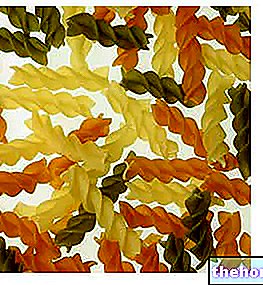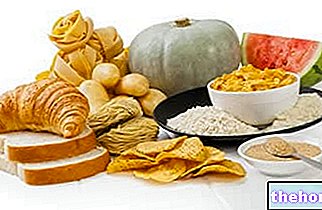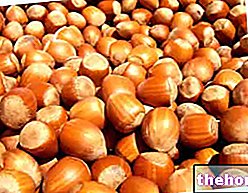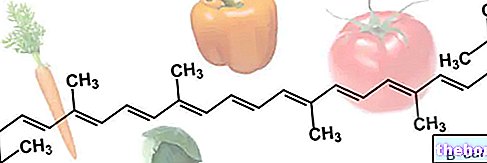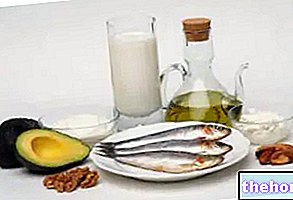
A triglyceride is formed by the union (chemical bond) between a molecule of glycerol and three fatty acids - forming a structure similar to a capital "E", or a "comb" - which differ according to their length (fatty acids a long, medium and short chain) and the presence or absence of double bonds (saturated, monounsaturated and polyunsaturated fatty acids); these properties establish the general chemical-physical characteristics (melting point, resistance to oxidation, etc.) and the impact on human metabolism.
A simple triglyceride is a triglyceride in which all three fatty acids are equal; in mixed triglycerides, one or more fatty acids differ from the rest.
In the human body, most of the triglycerides are contained within the adipose tissue.
For further information: Triglyceride values , that of cheese, etc.) are attacked by the combined action of salivary lipase, bile and pancreatic lipases. The lipids are thus broken down into individual fatty acids, allowing subsequent intestinal absorption, to be then reesterified to triglycerides by the same cells of the intestinal epithelium. (enterocytes).To learn more: Remedies for High Triglycerides

